Nato stages largest military exercise since the Cold War
More than 50,000 troops are practising air, sea, land and cybersecurity war manoeuvres in Norway
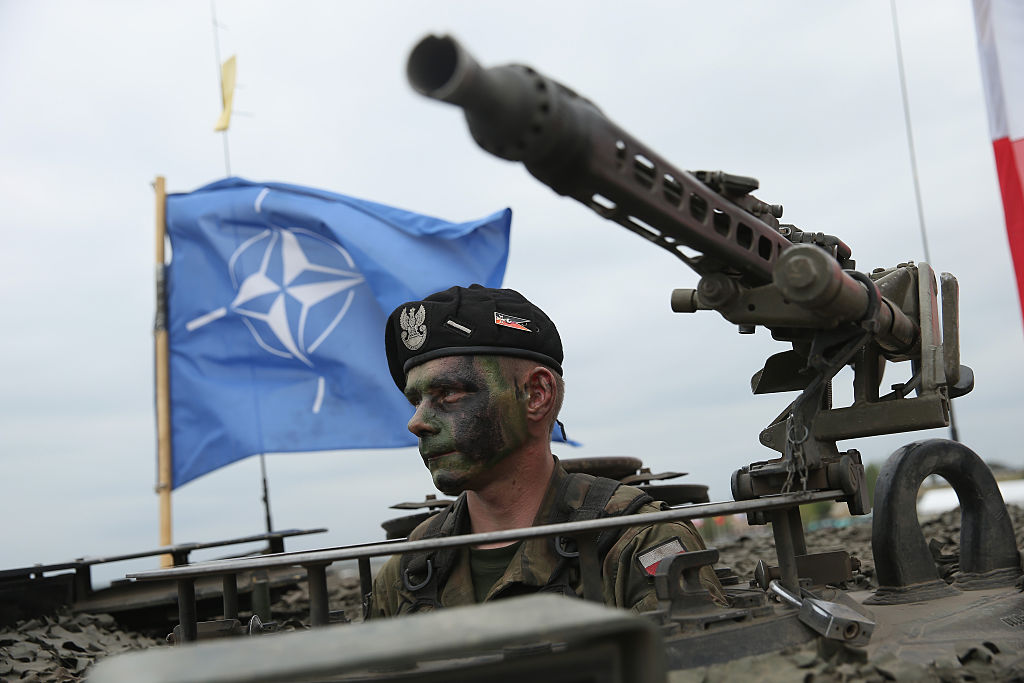
Nato has gathered together 50,000 military personnel from 31 countries for its largest military exercise since the Cold War, just weeks after Russia and China staged massive joint war games.
Exercise Trident Juncture 18 stretches from the Baltic Sea into Iceland, and will see troops practising air, sea, land and cybersecurity war manoeuvres until 7 November.
Hosted in Norway, the exercise is designed to ensure “that Nato forces are trained, able to operate together, and ready to respond to any threat from any direction”, according to the alliance’s website. The exercise will involve a total of 65 ships, 250 aircraft and 10,000 vehicles, and the participants will take turns playing the role of fictitious aggressor and Nato defending forces.
The Week
Escape your echo chamber. Get the facts behind the news, plus analysis from multiple perspectives.

Sign up for The Week's Free Newsletters
From our morning news briefing to a weekly Good News Newsletter, get the best of The Week delivered directly to your inbox.
From our morning news briefing to a weekly Good News Newsletter, get the best of The Week delivered directly to your inbox.
The exercises will be conducted at training grounds across central Norway in below-freezing temperatures.
“We’ll operate here for the next couple of weeks in what is an unforgiving environment at sea and on land,” head commander Admiral James G. Foggo told Reuters. Foggo is overseeing the operation from USS Mount Whitney, a Blue Ridge-class command ship of the US Navy.
Although Nato sponsors annual military exercises, Trident Juncture 18 far exceeds previous campaigns. “In recent years, Europe’s security environment has significantly deteriorated,” Nato Secretary General Jens Stoltenberg told a press conference earlier this week. “Nato has responded, with the biggest adaptation of our collective defence since the end of the Cold War.”
In the past, the organisation’s military exercises have usually taken place in Central and Eastern Europe, reports The Washington Post.
A free daily email with the biggest news stories of the day – and the best features from TheWeek.com
This year’s geographical shift follows a request from Norway to double the number of US Marines training in the country each year, a move that has been viewed as a response to Russia’s 2014 annexation of Crimea
The Nato military exercise comes a month after Russia held its biggest war games since the fall of the Soviet Union. Conducted in conjunction with China, Vostok-2018 involved almost 300,000 troops, more than 1,000 military aircraft, two of Russia’s naval fleets, and all of its airborne units, according to a statement by Russian Defence Minister Sergei Shoigu.
Nato spokesperson Dylan White told Reuters that Russia had briefed the alliance on the campaign in May.
“Vostok demonstrates Russia’s focus on exercising large-scale conflict. It fits into a pattern we have seen over some time - a more assertive Russia, significantly increasing its defence budget and its military presence,” White said.
-
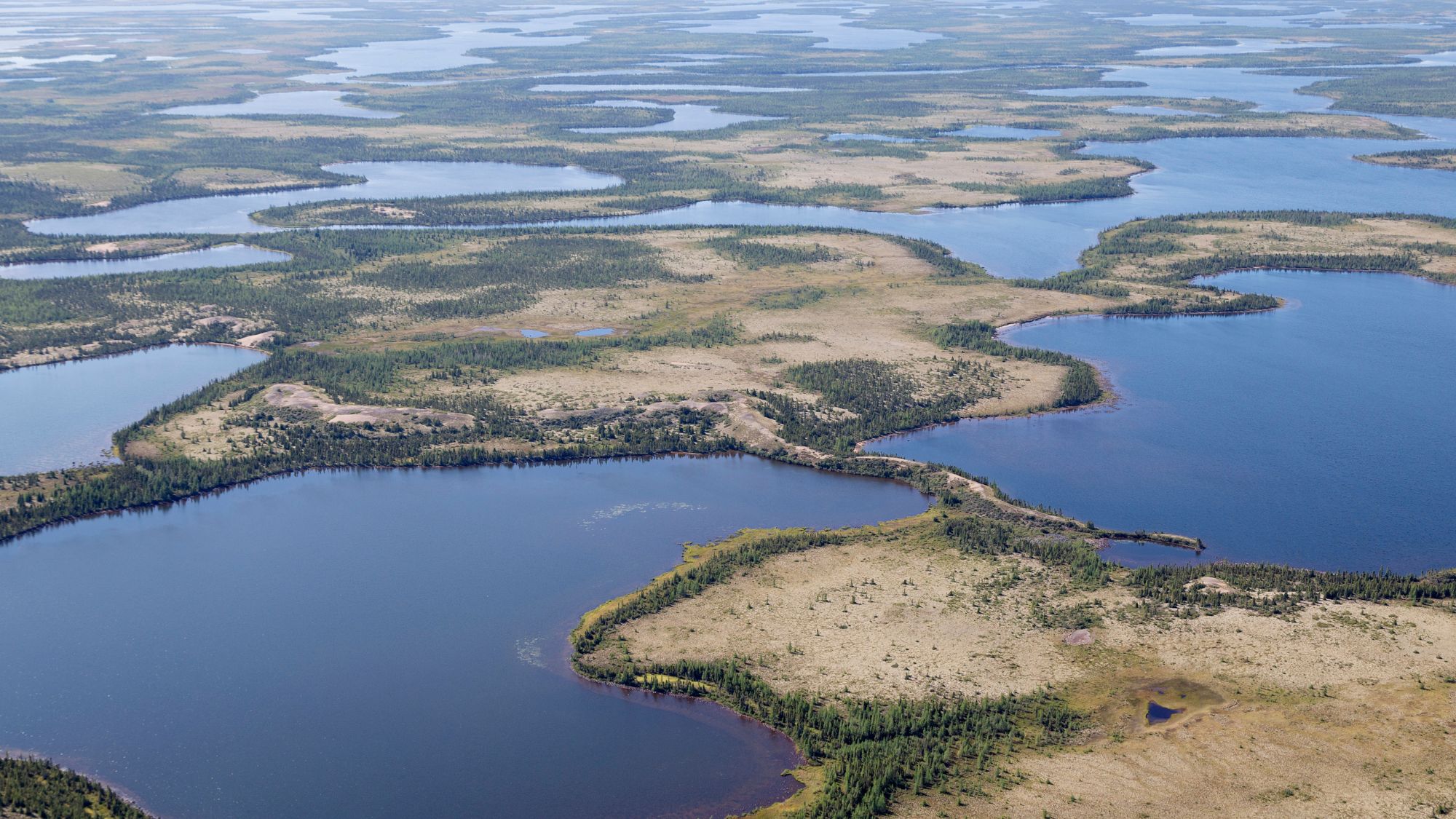 Heavenly spectacle in the wilds of Canada
Heavenly spectacle in the wilds of CanadaThe Week Recommends ‘Mind-bending’ outpost for spotting animals – and the northern lights
-
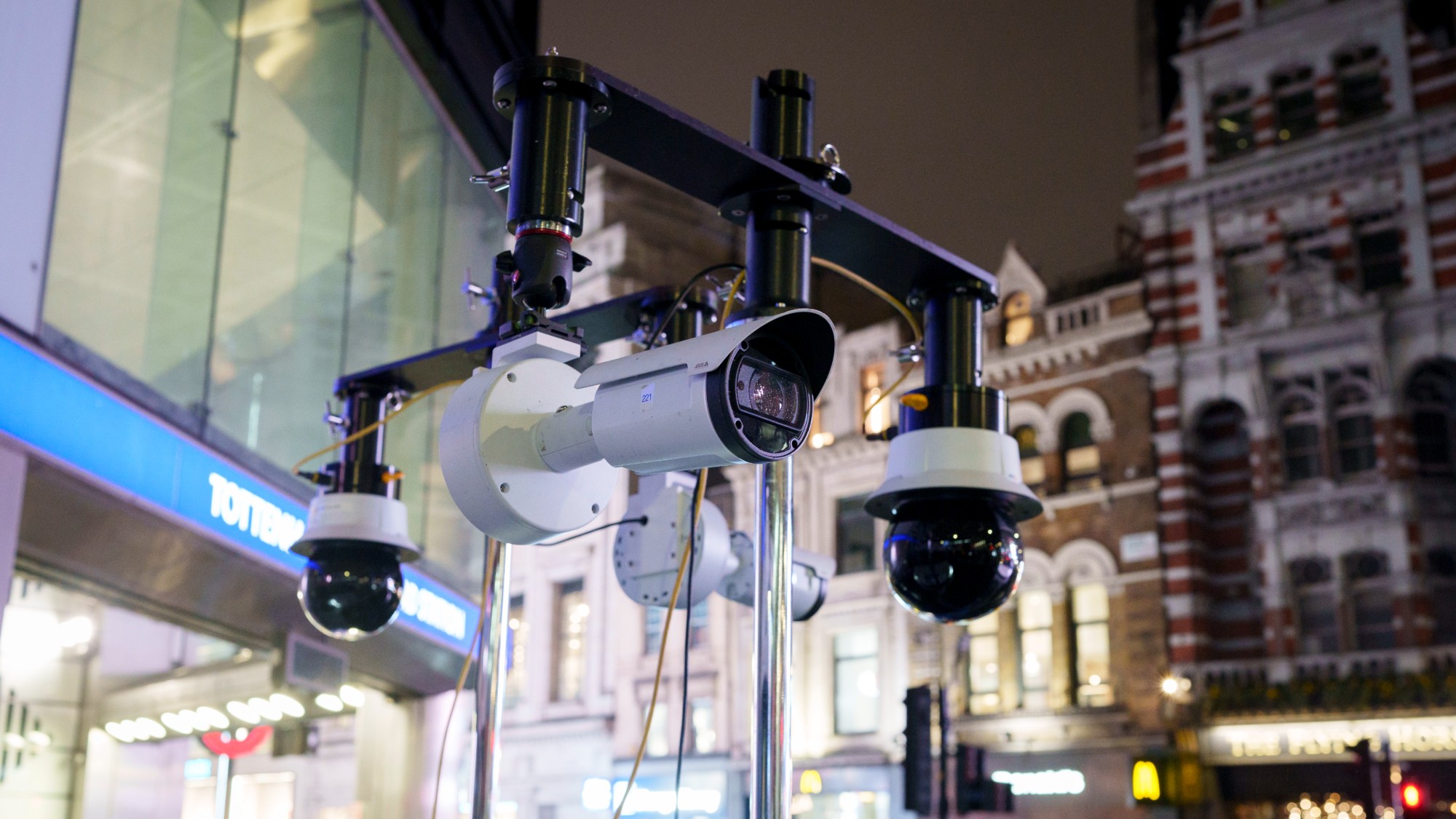 Facial recognition: a revolution in policing
Facial recognition: a revolution in policingTalking Point All 43 police forces in England and Wales are set to be granted access, with those against calling for increasing safeguards on the technology
-
 Codeword: December 14, 2025
Codeword: December 14, 2025The daily codeword puzzle from The Week
-
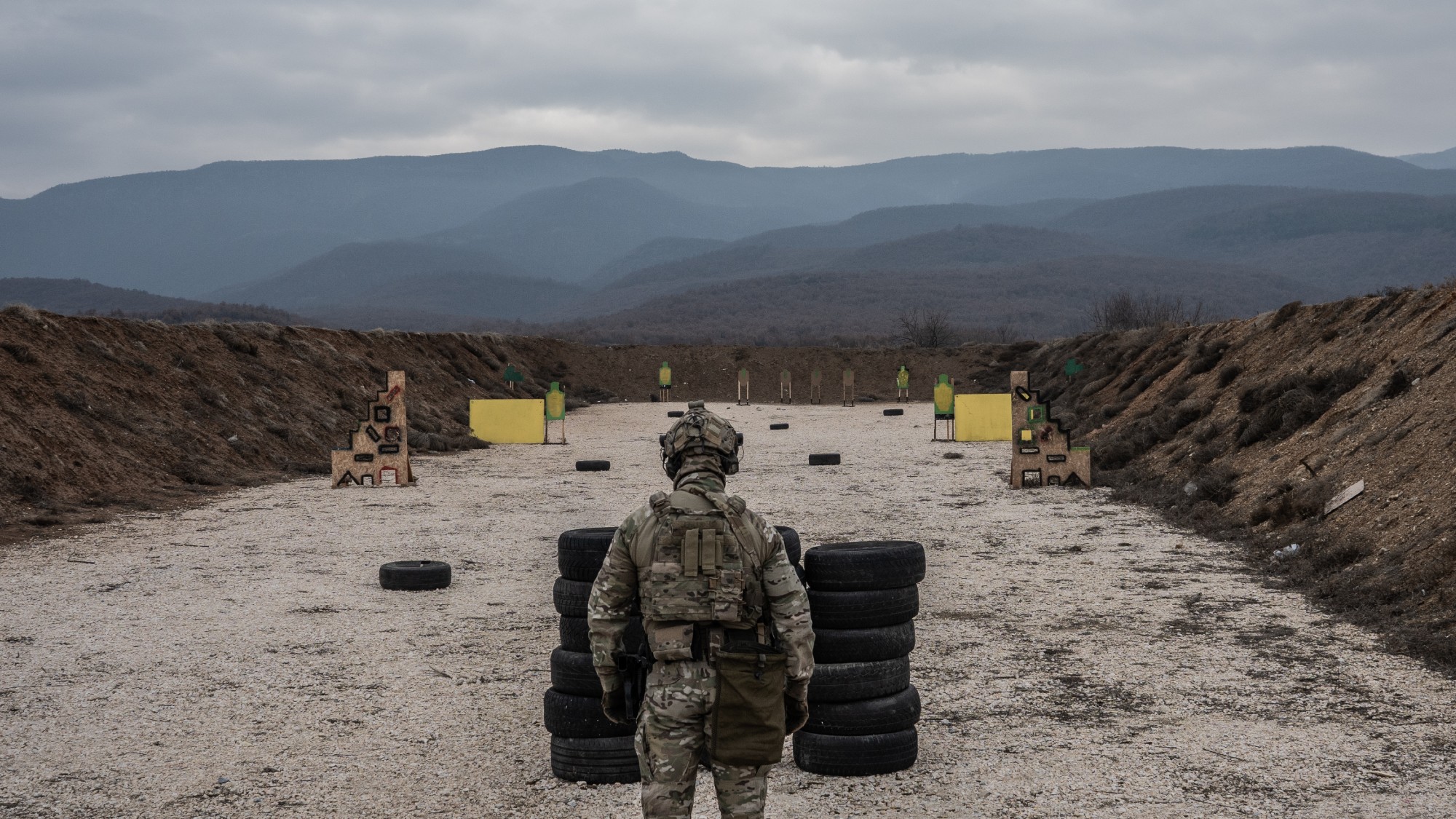 Is Europe finally taking the war to Russia?
Is Europe finally taking the war to Russia?Today's Big Question As Moscow’s drone buzzes and cyberattacks increase, European leaders are taking a more openly aggressive stance
-
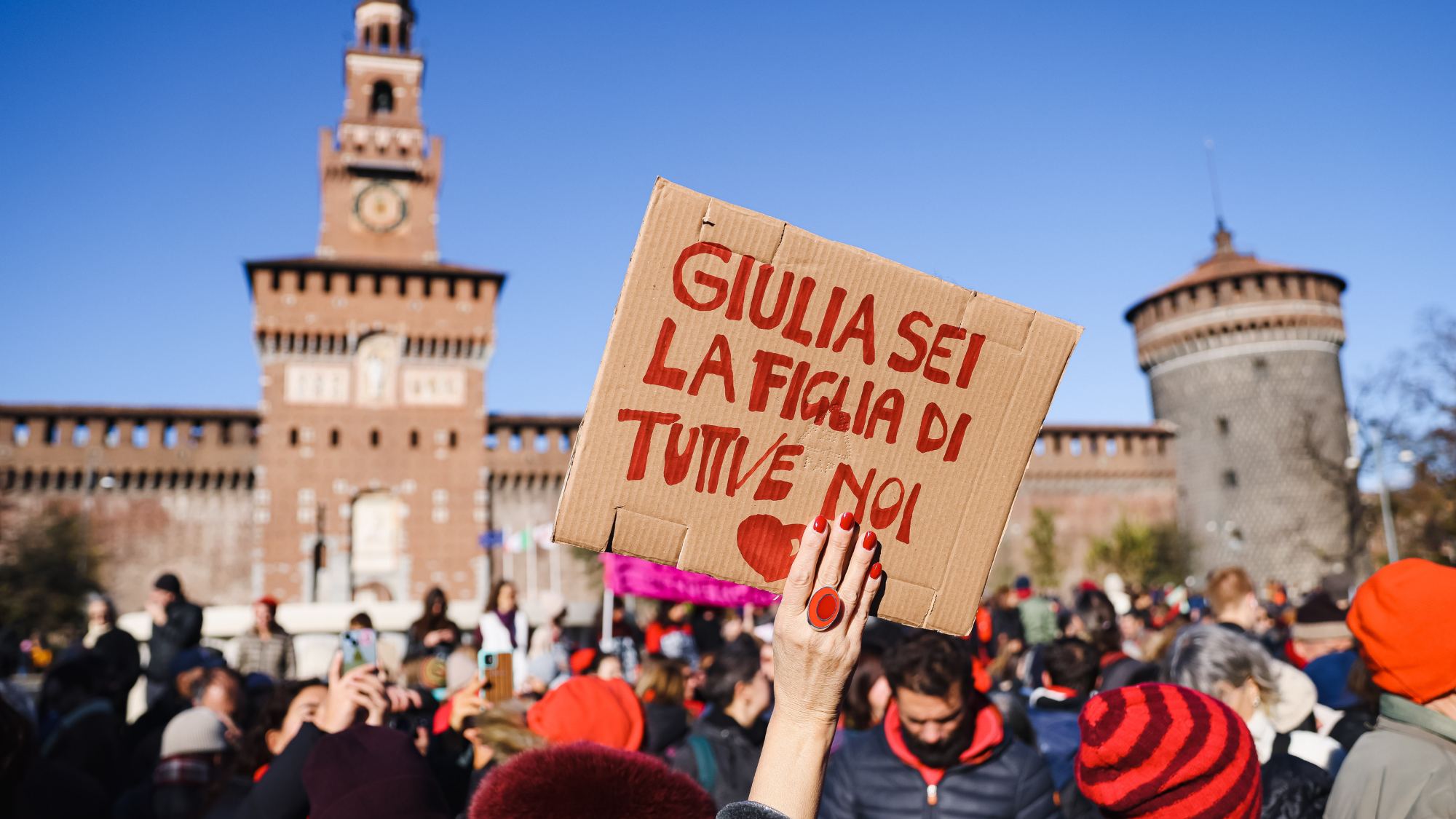 Femicide: Italy’s newest crime
Femicide: Italy’s newest crimeThe Explainer Landmark law to criminalise murder of a woman as an ‘act of hatred’ or ‘subjugation’ but critics say Italy is still deeply patriarchal
-
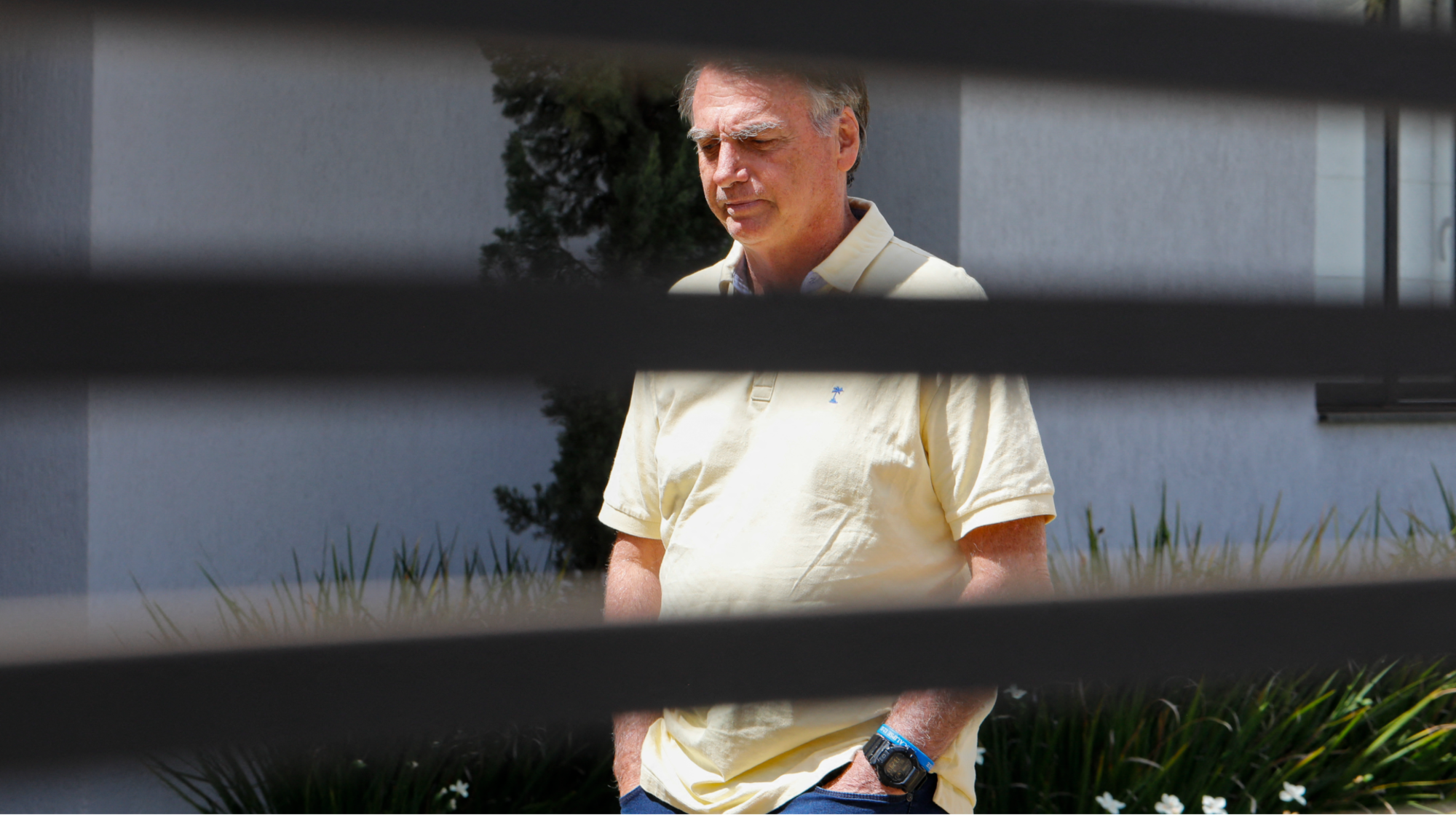 Brazil’s Bolsonaro behind bars after appeals run out
Brazil’s Bolsonaro behind bars after appeals run outSpeed Read He will serve 27 years in prison
-
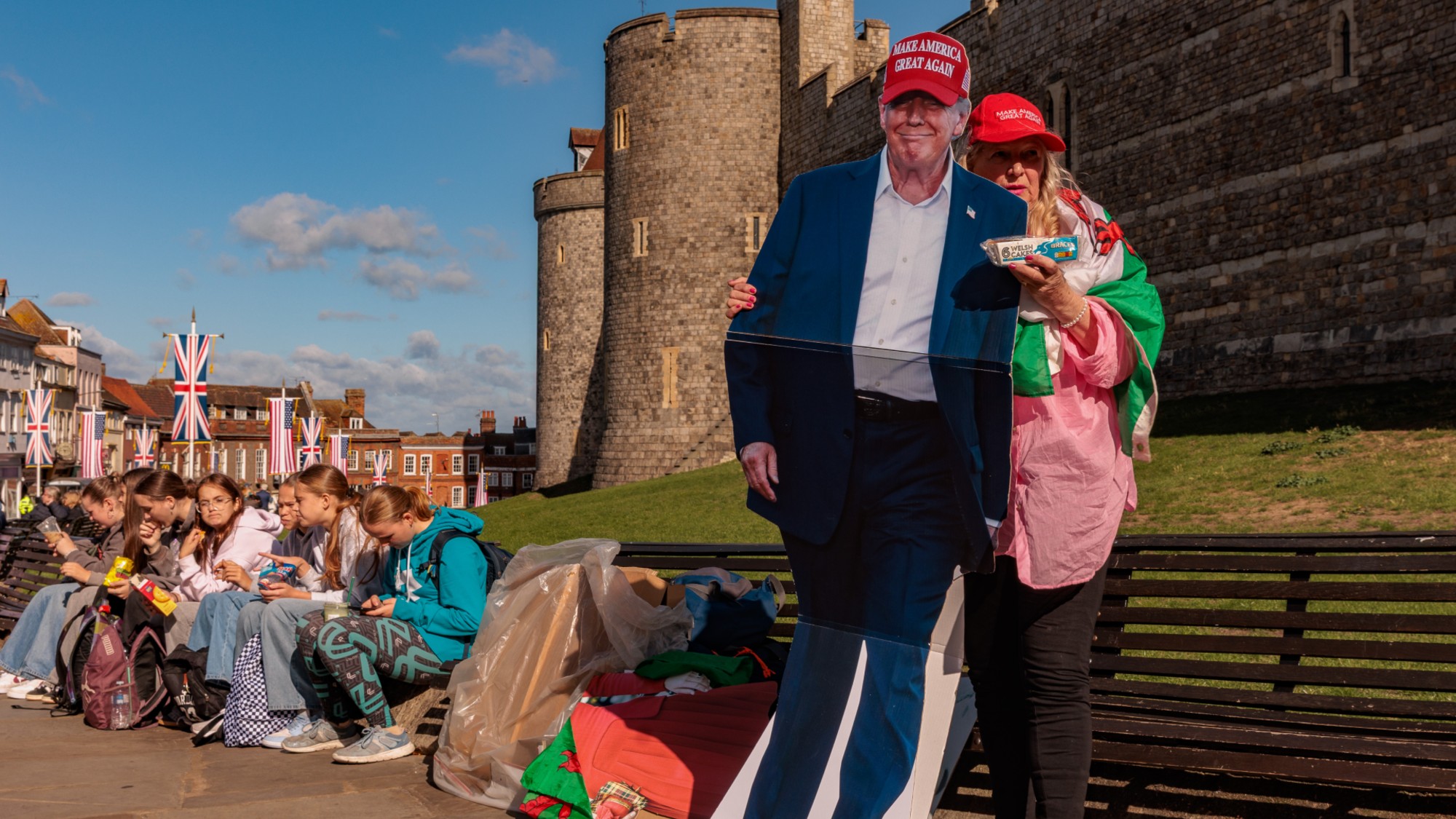 Americans traveling abroad face renewed criticism in the Trump era
Americans traveling abroad face renewed criticism in the Trump eraThe Explainer Some of Trump’s behavior has Americans being questioned
-
 Nigeria confused by Trump invasion threat
Nigeria confused by Trump invasion threatSpeed Read Trump has claimed the country is persecuting Christians
-
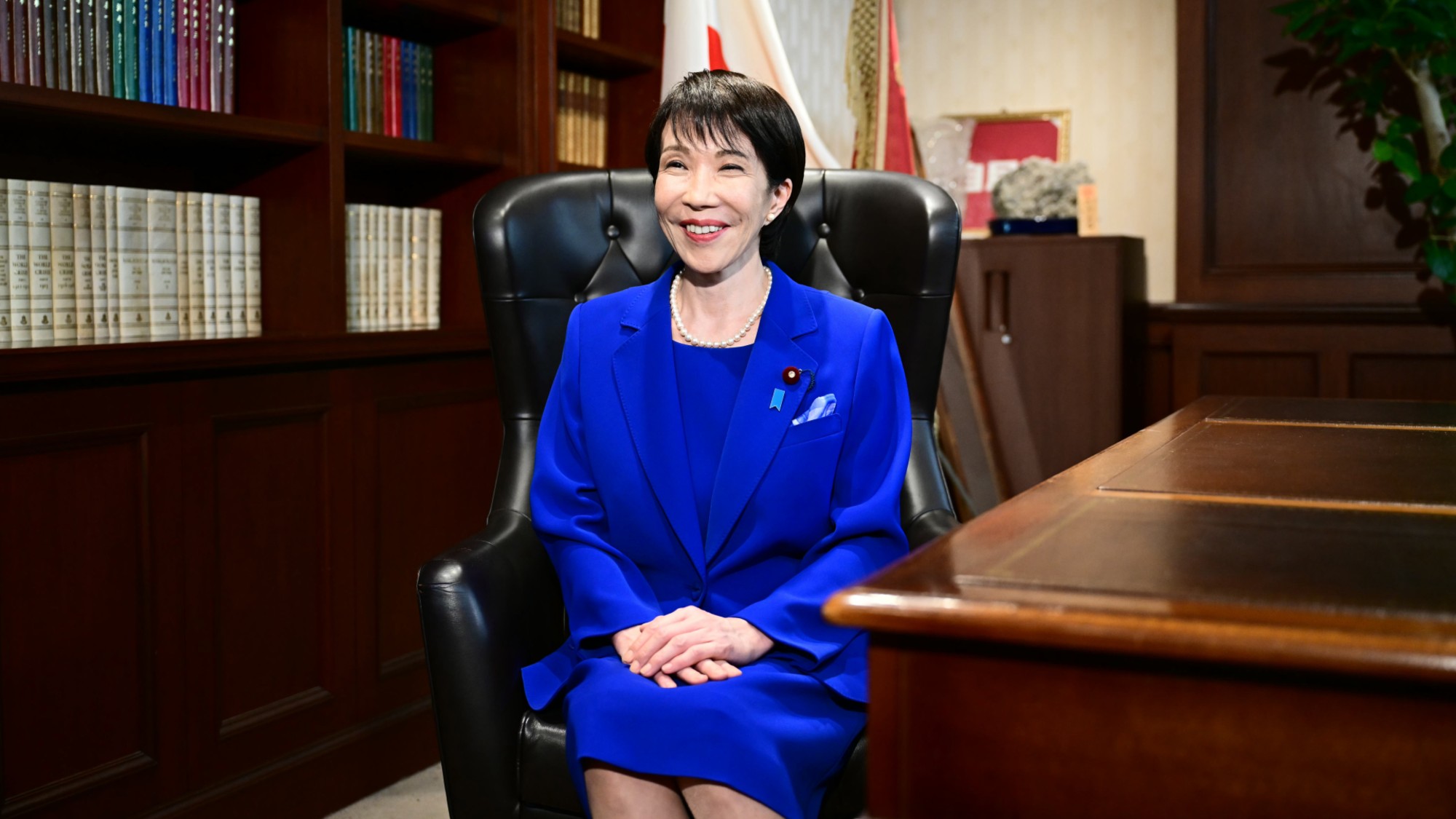 Sanae Takaichi: Japan’s Iron Lady set to be the country’s first woman prime minister
Sanae Takaichi: Japan’s Iron Lady set to be the country’s first woman prime ministerIn the Spotlight Takaichi is a member of Japan’s conservative, nationalist Liberal Democratic Party
-
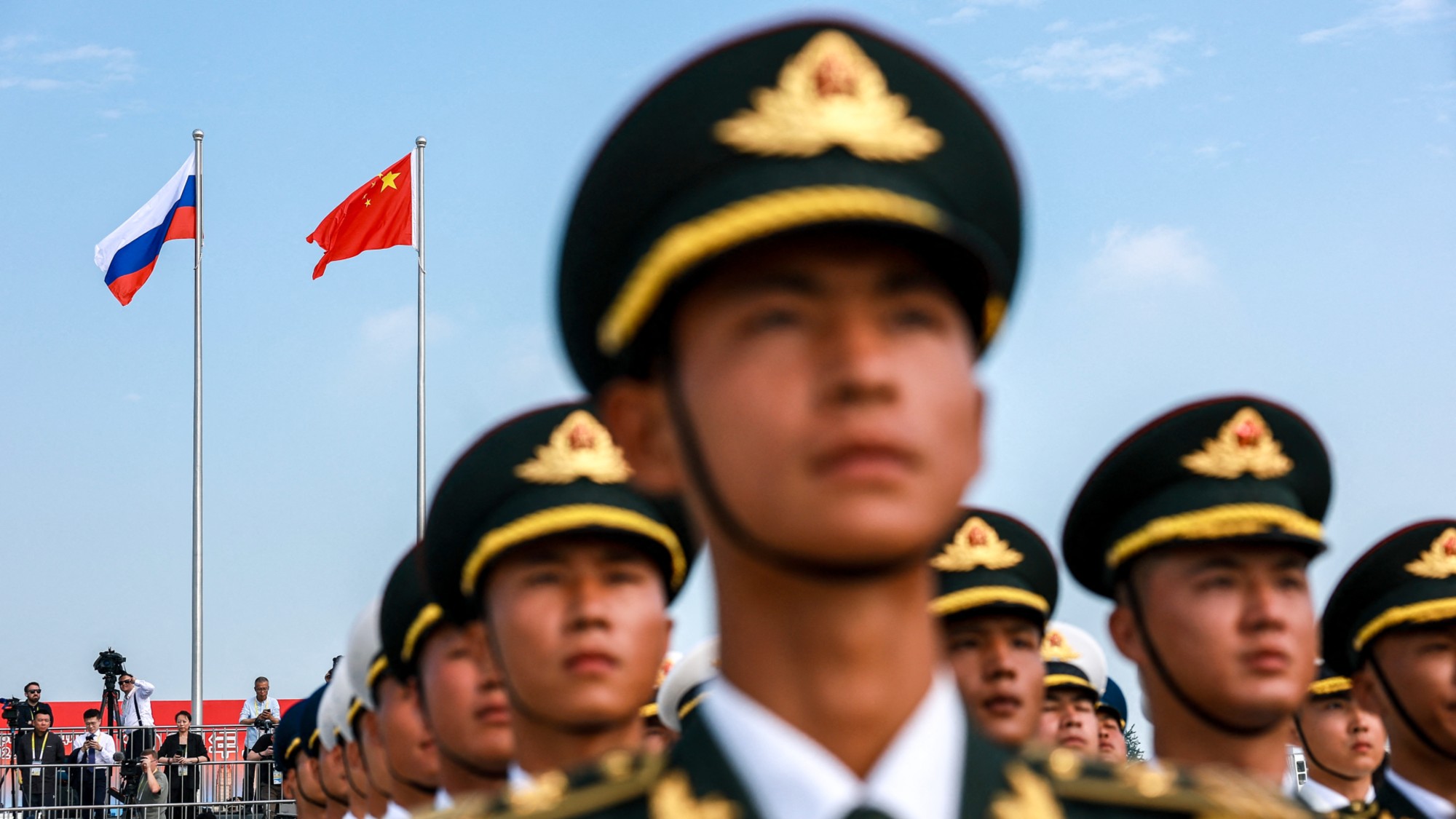 Russia is ‘helping China’ prepare for an invasion of Taiwan
Russia is ‘helping China’ prepare for an invasion of TaiwanIn the Spotlight Russia is reportedly allowing China access to military training
-
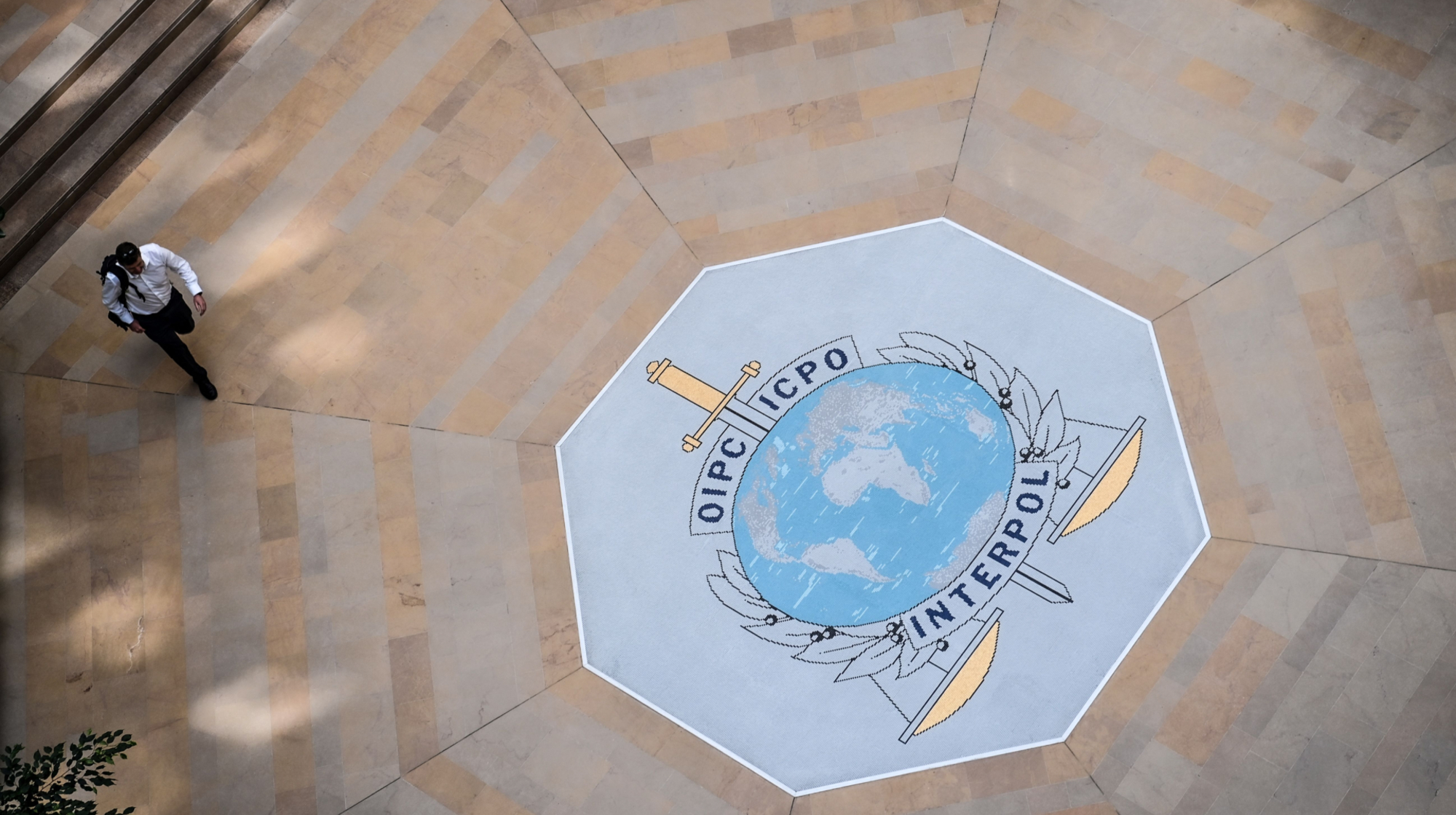 Interpol arrests hundreds in Africa-wide sextortion crackdown
Interpol arrests hundreds in Africa-wide sextortion crackdownIN THE SPOTLIGHT A series of stings disrupts major cybercrime operations as law enforcement estimates millions in losses from schemes designed to prey on lonely users